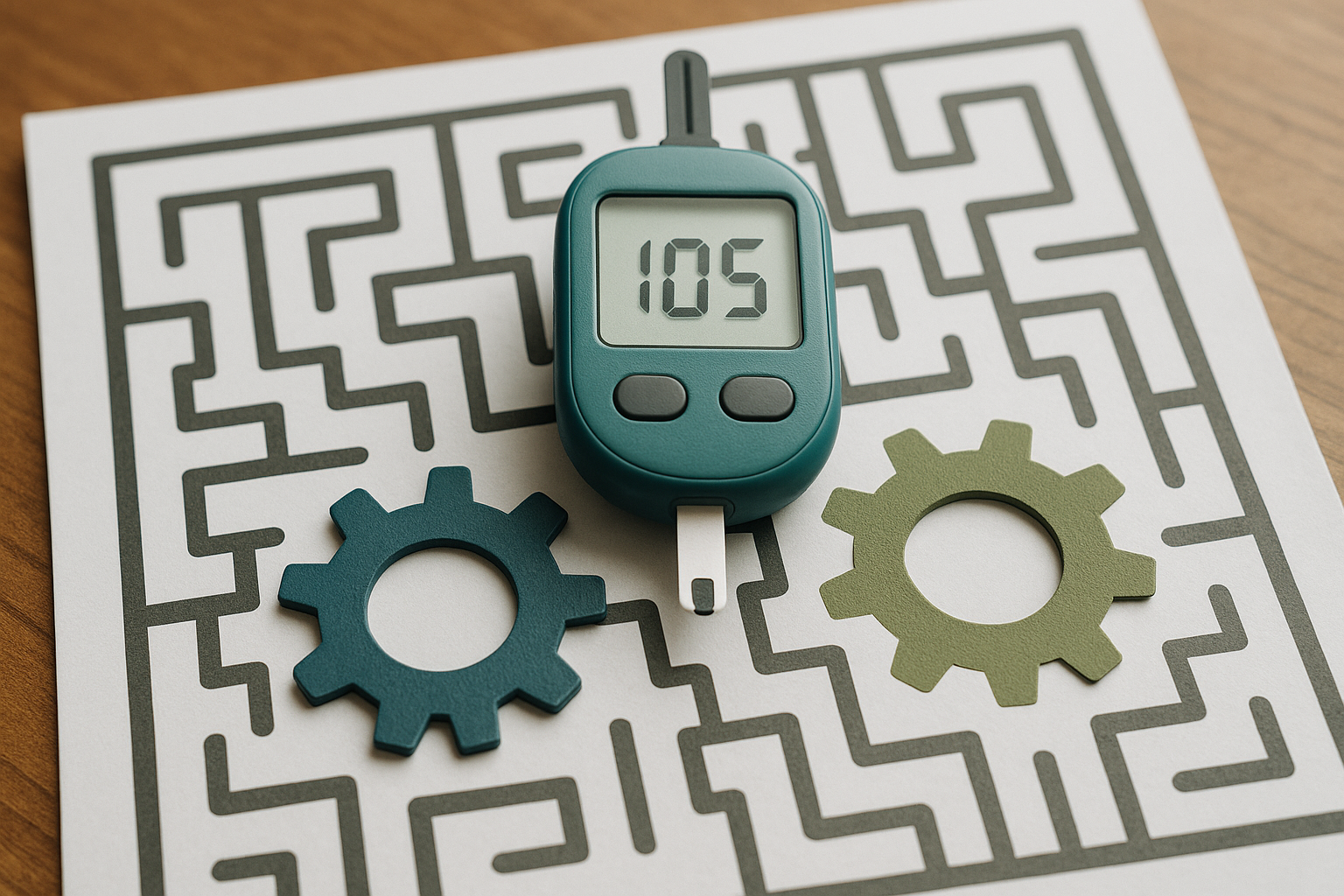What is a “clinical usibility study” and what must be considered?
A “clinical applicability study” or “clinical usability study” is a practice-oriented term that is used under clinical or realistic application conditions.

Other common terms in German include:
- Clinical usability study
- Application validation in a clinical setting
- Human Factors Validation Study
- Summative evaluation
Practical use of the term
In practice, manufacturers use the term “Clinical Usability Study” for studies that:
- in clinical settings are carried out, often with real patients or in real treatment situations,
- by doctors or clinical staff are carried out instead of test subjects
- realistic application conditions simulate or incorporate real clinical application,
- “Usability” aspects How to evaluate usability, learnability and error prevention.
Specific usability (usability) requirements for medical devices result from both the EU Medical Devices Regulation (MDR 745/2017) and the German Medical Device Law Implementation Act (MPDG).
MDR requirements (745/2017)
The MDR contains specific usability requirements, which are set out in Annex I (Annex I) — General safety and performance requirements The following are defined:
Article 5 (2): Medical devices must meet the general safety and performance requirements set out in Annex I.
Chapter II of Annex I - Design and manufacturing requirements:
- Section 5: When eliminating or reducing risks associated with application errors, the manufacturer shall ensure the following: a) The risks associated with the ergonomic features of the device and the environment in which the device is intended to be used must be reduced as much as possible (design with a view to patient safety.
- Serviceability requirements: Medical devices must be designed in such a way that application errors are minimized and ergonomic properties and the application environment are taken into account.
In Germany, the Medical Device Law Implementation Act (MPDG) supplements the MDR with national provisions, but without defining specific additional usability requirements.
The relevant provisions are:
- § 11 MPDG - Operation and use of products: Medical devices may only be used in accordance with their intended purpose and the manufacturer's information.
- § 24 MPDG - General supplementary requirements for clinical trials: Expanded requirements for clinical trials, which may include usability studies.
- Section 8 MPDG - Language regulations: Accompanying materials must be written in German, which ensures usability for German users.
Practical implementation
The usability requirements are implemented in practice through the following measures:
- Human Factors Engineering according to harmonized standards (e.g. IEC 62366-1)
- Usability validation studies as part of clinical evaluation
- risk management taking into account application errors
- Ergonomic design of medical devices
The official FDA recommendation documents refer to “Human Factors Validation Testing” or “Actual-Use Testing” instead.
Human Factors Validation Testing is defined in the FDA recommendation document “Applying Human Factors and Usability Engineering to Medical Devices” (Section 3.7) as follows:
“Tests performed at the end of the device development process to evaluate user interactions with a device user interface and identify application errors that would or could cause serious harm to the patient or user. Human Factors Validation Testing is also used to evaluate the effectiveness of risk management measures. Human Factors Validation Testing is part of design validation.”
Practical definition: The summative evaluation of usability with the final product under realistic conditions. IEC 62366-1 calls this summative evaluation.
In contrast, this will Actual-Use Testing (Section 8.3) is described as a special form: “Due to the nature of some types of device usage and usage environments, which may be particularly complicated or poorly understood, it may be necessary to test a device under actual application conditions.”
Examples from FDA documents
However, the term “clinical usability study” also appears in various FDA regulatory documents:
- 510 (k) K182675 (Polygon Resection Device): “Usability and human factors were assessed through a clinical usability study. The subject device was used to remove intrauterine tissue by five physicians with a range of experience in a total of 32 cases”
- NDA 022377 (Migraine Auto Injector): “No controlled trials are submitted with the NDA, but a single clinical usability study is provided”
- 510 (k) K090863 (personal wheezometer): “A clinical usability study was performed with the PERSONAL WHEEZOMETERTM”
Regulatory classification
According to the FDA guidance “Content of Human Factors Information in Medical Device Marketing Submissions” (2022), usability studies are categorized on a risk-based basis:
- Category 1: Minimal usability documentation required
- Category 2: Expanded usability documentation without human factors validation testing
- Category 3: Complete human factors validation testing required, including clinical usability studies when appropriate
These studies are particularly relevant for medical devices in the highest risk category (Category 3) and are used as part of the human factors engineering process to ensure the safe and effective use of medical devices.
Sources: Applying Human Factors and Usability Engineering to Medical Devices, FDA, 2016; Content of Human Factors Information in Medical Device Marketing Submissions, FDA, 2022; Regulation (EU) 2017/745 on Medical Devices; Medical Device Law Implementation Act (MPDG).
Do you need a usability test for your medical device?. Feel free to arrange a first non-binding appointment with us!
Show the medical benefits of your product
With our many years of experience and expertise, we offer effective solutions to demonstrate the medical benefits of your product.
From the conception to the execution of preclinical and clinical investigations, we support you with customized services.
Find out how MEDIACC can help you achieve reimbursability for your products.
